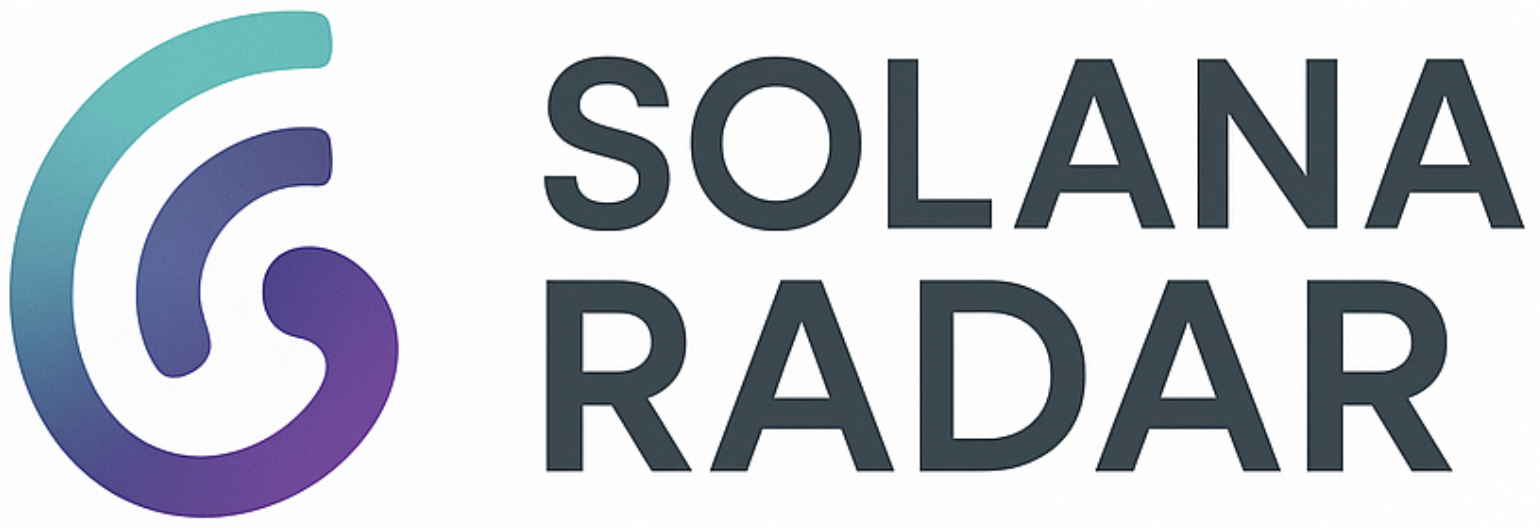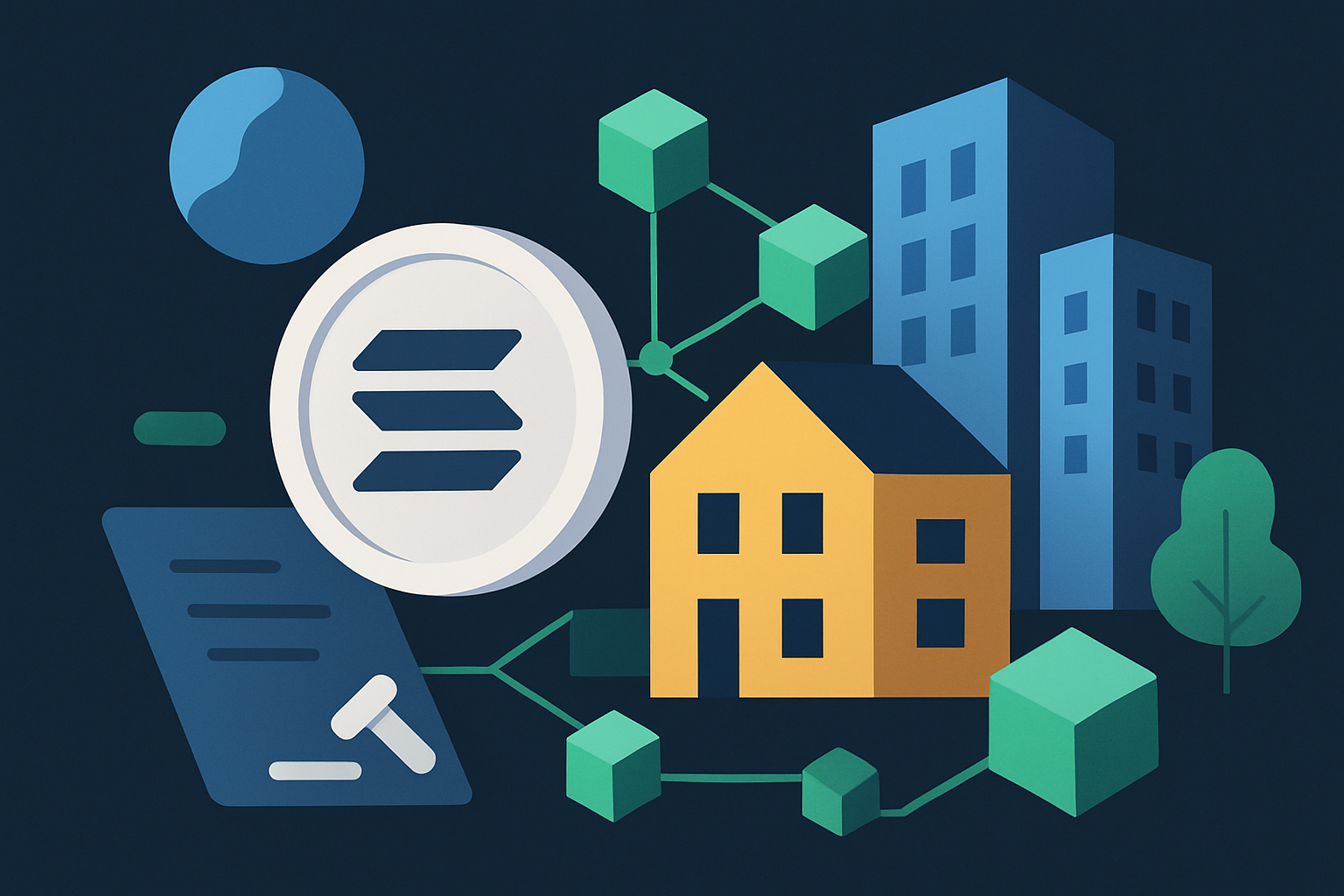Solana’s real-world asset (RWA) revolution is no longer a future promise – it’s here, and the numbers are impossible to ignore. As of July 7,2025, the total value of tokenized RWAs on Solana has smashed through the $418 million mark, clocking in at $418.1 million. That’s a staggering 140% increase since the start of the year, far outpacing the broader RWA market’s 62.4% YTD growth. In short: Solana isn’t just keeping up with the pack – it’s setting the pace.
Solana Real-World Assets: $418 Million and Counting
Let’s break down what’s actually driving this explosive growth in Solana real-world assets:
- Income-generating products dominate: Over 85% of Solana RWAs are income-producing instruments like tokenized U. S. Treasuries and private credit funds.
- Institutional momentum: Powerhouse names such as BlackRock (via Securitize), Ondo Finance, Franklin Templeton, and Maple are all pouring capital into Solana-based products.
- Diverse RWA projects: From Parcl (real estate indices) to MetaWealth (fractional European property), Solana is home to a growing library of innovative RWA protocols.
The raw data speaks volumes, but so do the institutional headlines. In March 2025, BlackRock and Securitize expanded their USD Institutional Digital Liquidity Fund (BUIDL) onto Solana – a move that sent shockwaves through both TradFi and DeFi circles. Ondo Finance’s USDY alone accounts for $175.3 million in value locked on Solana, making it one of the largest single RWA products in crypto today.
The Mechanics Behind Solana’s RWA Surge
If you’re wondering why so much institutional money is flowing into Solana RWA 2025, look no further than its technical engine room:
- High throughput: Up to 65,000 transactions per second means scalable settlement for even the most demanding asset managers.
- Pennies-per-transaction fees: At just $0.01 per transaction, onboarding large-scale assets doesn’t erode returns or force protocol compromises.
- Tight DeFi integration: Products like Ondo USDY and Franklin Templeton funds don’t just sit idle; they plug directly into lending pools and yield platforms across the Solana ecosystem.
This potent mix has made Solana an irresistible magnet for both traditional finance titans and next-gen DeFi builders. The recent partnership between UK-based software giant R3 and the Solana Foundation is especially telling: global banks like HSBC and Bank of America now have direct rails for asset tokenization on-chain – using Solana as their backbone.
The Big Players Fueling Growth: BlackRock, Ondo and Beyond
The list of heavyweights betting on Solana institutional adoption keeps getting longer each quarter:
Top 5 Institutional Players Fueling Solana’s RWA Surge
-
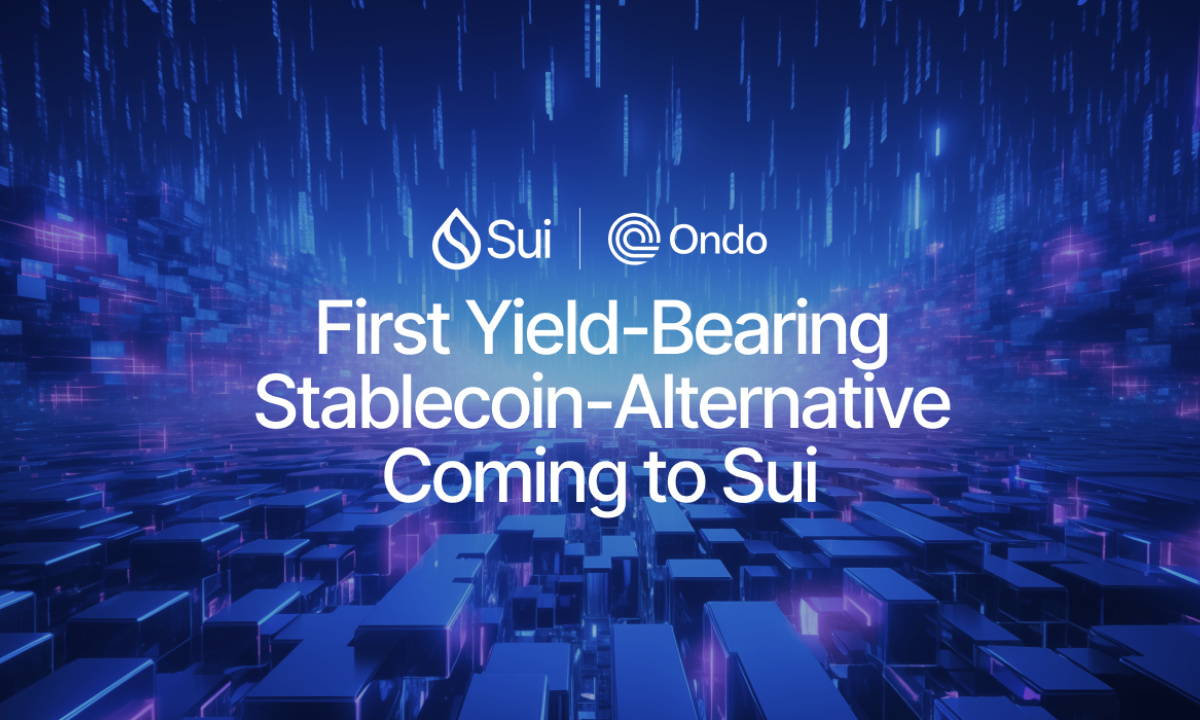
Ondo Finance — USDY is the largest tokenized real-world asset on Solana, with over $175.3 million in value. Ondo’s institutional-grade tokenized U.S. Treasuries drive liquidity and integration with Solana DeFi protocols.
-
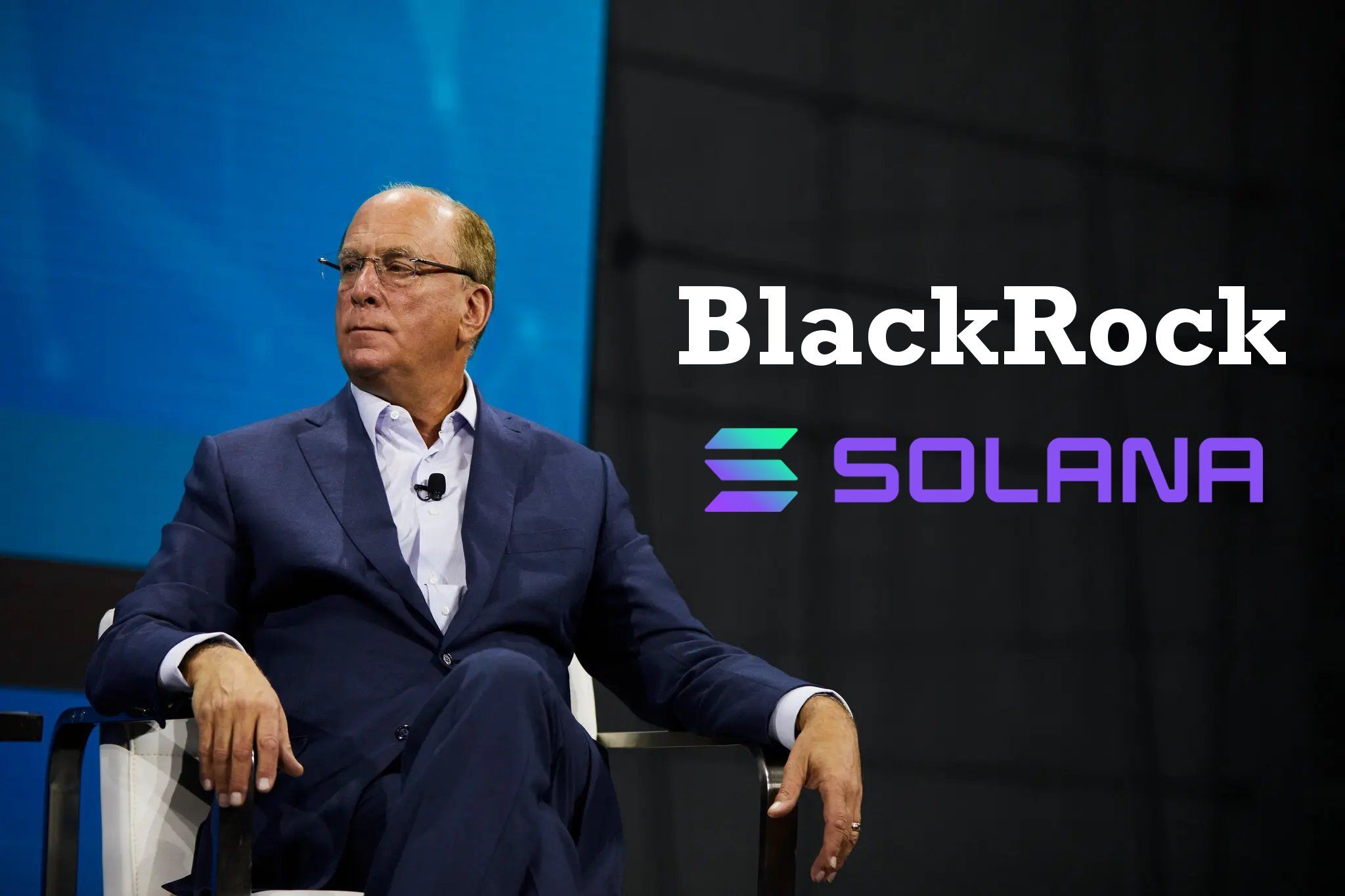
BlackRock & Securitize — Their BUIDL (USD Institutional Digital Liquidity Fund) expansion to Solana in March 2025 brought the world’s largest asset manager into the RWA space, setting a new benchmark for institutional adoption.
-
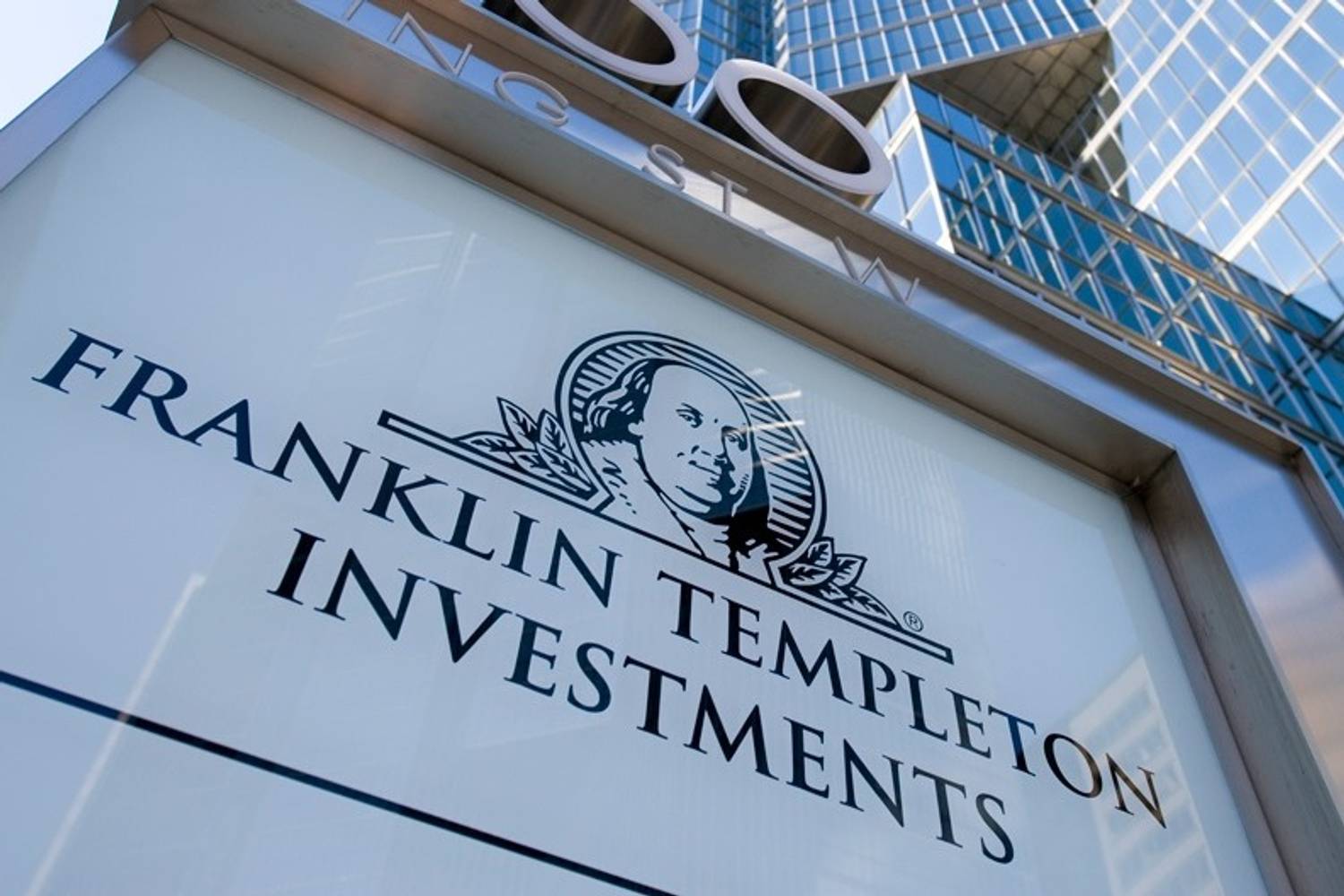
Franklin Templeton — The Franklin OnChain U.S. Government Money Fund (FOBXX) is now live on Solana, offering regulated, tokenized exposure to U.S. Treasuries for institutional and DeFi users.
-

Maple Finance — A leader in on-chain private credit, Maple’s Solana deployment has enabled tokenized lending and credit products, accounting for a significant share of Solana’s RWA growth.
-
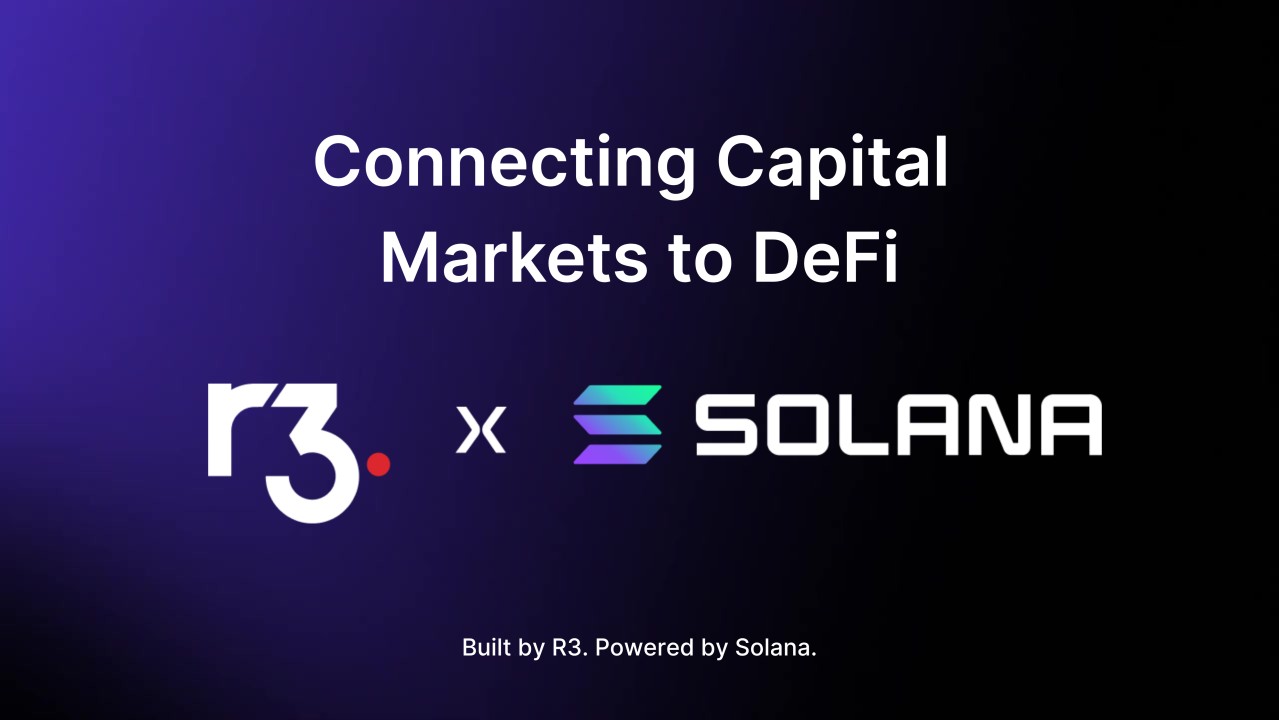
R3 — This UK-based software firm’s partnership with the Solana Foundation enables global financial giants like HSBC and Bank of America to access Solana’s RWA infrastructure, accelerating institutional adoption.
This isn’t just about tokenized government bonds or vanilla money market funds either. Platforms like Parcl are letting users trade exposure to residential real estate markets worldwide – all without ever touching bricks-and-mortar paperwork. Meanwhile, MetaWealth is fractionalizing high-end European properties so anyone can own a slice for as little as a few hundred dollars’ worth of SOL at today’s price ($164.40). That kind of accessibility is exactly why RWAs are set to explode further on-chain.
Solana (SOL) Price Prediction 2026-2031
Professional outlook based on RWA adoption trends, institutional integration, and evolving market conditions (Baseline as of July 2025: $164.40)
| Year | Minimum Price (Bearish Scenario) | Average Price (Base Case) | Maximum Price (Bullish Scenario) | Year-over-Year % Change (Avg) | Key Market Scenario |
|---|---|---|---|---|---|
| 2026 | $120.00 | $195.00 | $280.00 | +18.6% | Continued RWA growth, mild market correction possible |
| 2027 | $135.00 | $235.00 | $360.00 | +20.5% | Institutional inflows, regulatory clarity improves adoption |
| 2028 | $160.00 | $285.00 | $460.00 | +21.3% | New tokenization use cases, DeFi expansion |
| 2029 | $190.00 | $345.00 | $600.00 | +21.1% | Global RWA market matures, cross-chain integrations |
| 2030 | $220.00 | $410.00 | $785.00 | +18.8% | Major global asset managers onboard, high competition |
| 2031 | $260.00 | $480.00 | $1,020.00 | +17.1% | RWA mainstream, mass adoption, regulatory harmonization |
Price Prediction Summary
Solana’s strong performance in the RWA sector, rapid institutional adoption, and robust technical foundation position it for continued growth through 2031. While volatility and market cycles may cause short-term fluctuations, the long-term outlook is bullish, with the potential for SOL to reach new all-time highs as real-world asset tokenization becomes mainstream. Bearish scenarios account for macroeconomic uncertainty and increased competition, while bullish scenarios reflect accelerated institutional adoption and breakthrough use cases.
Key Factors Affecting Solana Price
- Sustained growth in tokenized real-world assets on Solana and broader blockchain adoption.
- Further institutional adoption (e.g., BlackRock, HSBC, Bank of America) and integration with traditional finance.
- Regulatory developments in major jurisdictions (US, EU, Asia) impacting tokenization.
- Technological improvements, including scalability, security, and interoperability with other blockchains.
- Competitive landscape (Ethereum, Avalanche, Polygon) and their progress in RWA tokenization.
- Global macroeconomic trends affecting crypto investment and risk appetite.
- Development of new RWA use cases (real estate, private credit, commodities) and DeFi integration.
Disclaimer: Cryptocurrency price predictions are speculative and based on current market analysis.
Actual prices may vary significantly due to market volatility, regulatory changes, and other factors.
Always do your own research before making investment decisions.
Another key catalyst is the sheer diversity of Solana RWA projects. While BlackRock and Ondo dominate headlines, the ecosystem is quietly filling with nimble startups and specialized protocols. Parcl is a prime example, transforming global real estate indices into tradable assets, letting traders long or short housing markets with the click of a button. MetaWealth, meanwhile, is lowering the barrier to blue-chip property ownership, fractionalizing luxury homes across Europe so that anyone can gain exposure for as little as $164.40 worth of SOL.

The impact? We’re witnessing a true democratization of asset access. No more gatekeeping by legacy banks or minimum investment thresholds that lock out retail. Instead, Solana’s low fees and high throughput are flattening the playing field for everyone from seasoned institutions to first-time crypto users.
What Sets Solana Apart in the RWA Race?
Let’s get tactical: why are RWAs on Solana outpacing other chains by such a wide margin? It’s not just hype, there’s real infrastructure muscle here:
- Blazing-fast settlements: When you can move value at 65,000 transactions per second, big money moves in without friction.
- Ultra-low transaction costs: $0.01 per transaction means institutions and DeFi degens alike can scale without worrying about gas wars.
- Composability with DeFi: RWAs on Solana aren’t siloed, they’re instantly usable as collateral, liquidity, or yield-generating assets across protocols.
This technical edge has not gone unnoticed by traditional finance. As covered by FT, R3’s integration with Solana now gives global players like HSBC and Bank of America direct access to blockchain-based tokenization rails, no clunky workarounds required.
Challenges and amp; What Comes Next for Solana Real-World Assets
No revolution comes without resistance. Regulatory clarity remains patchy across jurisdictions, especially for novel DeFi integrations involving RWAs. There’s also the ongoing task of ensuring robust on-chain/off-chain data oracles, critical for accurate asset pricing and settlement.
Yet, if recent momentum is any indicator, these hurdles are being addressed head-on by both protocol teams and institutional partners alike. The steady influx of compliance-focused players (think Securitize) signals that mainstream adoption isn’t just possible, it’s inevitable on Solana’s rails.
The Bottom Line: Why Watch This Space Now?
If you’re looking for asymmetric upside in crypto over the next 12 months, keep your radar locked on Solana RWA growth. At $418.1 million, the sector is still early days compared to TradFi, but it’s growing at more than double the pace of Ethereum-based competitors this year alone.
The next wave? Expect more tokenized funds (see VanEck’s VBILL), deeper DeFi integrations, and even broader retail access as products mature and regulatory frameworks solidify. With SOL holding strong at $164.40, there’s plenty of runway ahead for both builders and investors willing to ride this new asset class into 2026, and beyond.
